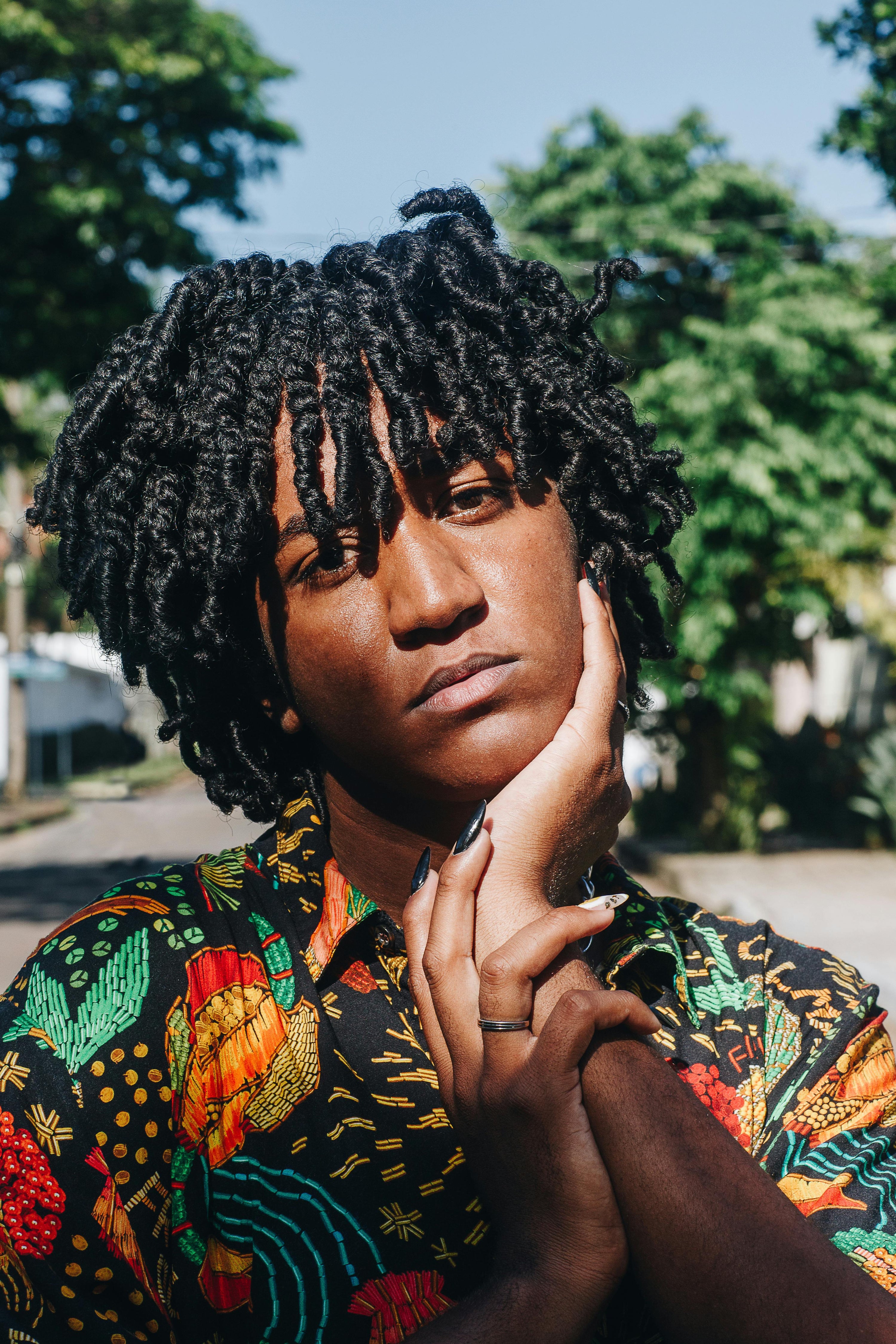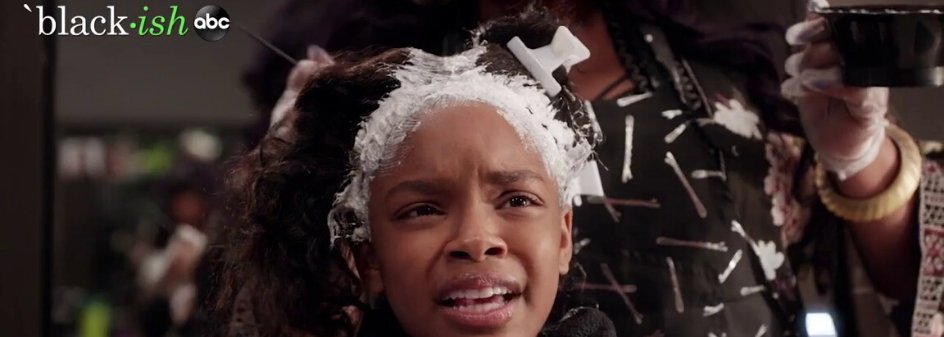There are several techniques for starting locs. Some techniques will work best on certain hair types, while others might not work at all. In this article we’ll have a look at different hair types from fine hair, curly hair to kinky hair and what the best options are for starting your loc journey.
What to Consider Before Getting Started
Before getting started, all hair types will want to consider a few important details:
1. Finding the best technique will include considering your lifestyle and expectations.
2. You’ll also want to consider things like, your patience level, If you want to go through the whole process or, if you want to get straight to having locs.
3. You’ll also want to consider your work lifestyle, what look you want for your job (if that’s something that’s important to you).
Now let's get to it!
Starting Locs with Fine Hair
Crochet Method: If you have fine hair, but want your hair without any frizz aka, not wanting it to look too ‘ wild,’ then you can go for the crochet technique to start your locs. It's a fairly new technique. Some people say they feel like it breaks off their hair, but there's not much out there on this technique since it's been around for under 10 years. Your hair will be bound together with a tool, but know that overdoing it at the roots can cause breakage. So you can use this to start your locs and twist later on down the line to maintain your locs.
Interlocking Method: You can also go for interlocking. It creates a woven look, but some don't love that look. You might want your locs to look more spongy right away. So it works, but know your expectations. Look into what the results may look like for interlocking fine hair types and see what people are saying about the results to see if this technique is right for you.
Comb Coils: Fine hair, with a little wave, can achieve comb coils and the hair will matt together if you know your hair well. This technique will not work for eveyone. It can stay put, while giving you that softer feeling.
What to avoid with fine hair:
Two strand twists is not recommended for finer hair and products like wax (or any other product promising to hold your locs in place) should be avoided. These products will create buildup down the line. Rubber bands can hold the locs in place, but they should be removed. Leaving rubber bands in for too long can cause problems down the line.
Use the Jinan Moisture Mix and the Jaja Oil for softer scalp and hair, both when installing and maintaining your locs.
Starting Locs with Soft Curly Hair
Comb coils: This hair type can create their locs with comb coils. However, comb coils will require a lot of patience. If you have no patience then interlocking can work for you. Comb coils could work for this hair type, but you just never know. The style can mat well,but it’s not a guarantee. You’ll need patience. You can’t compare your journey to other people's journeys. It won't look the same. You can opt for the same technique, but the results will look different, and the timing will be different as well. A loctician can guide you, we don’t recommend trying to follow what you find online. It's great if someone can have a look at your hair and tell you how long your journey may take and what you can expect based on your hair.
Interlocking: Make sure you know the work of the loctician who's doing the interlocking. You want a professional who knows the ins and outs of interlocking. Sisterlocks is a version of interlocking, it's a style of interlocking using less hair for each loc. This can also be an option for starting your locs, just make sure whoever is styling your hair has mastered this method and is reputable.
Two strand twists: may work for this hair type, but the ends may not stay together. You’ll need a curl at the end to keep it in place. If it doesn't stay, you might want a rubber band, however, this method is ideal if done without a rubber band. Make sure when styling your two strand twist, you know which direction you, or your loctician is twisting in. You will be committed to twisting your locs in this direction every time it's time for a retwist. Otherwise you’ll be twisting against the groove and your locs will come undone. Make sure you understand the journey of this loc technique. The two strand twists will stay in that form until your hair evolves and frizzes and then, down the line, you won’t be able to notice the two strand twist. That's something you may want to keep in mind.
Beginning Locs with Kinky Tightly Coiled Hair
Comb coils: is a great technique for starting locs for this hair type, but it does require a lot of patience. It's the most traditional technique for beginning locs. You have so many ways to start your locs, but they each come with a different time frame to achieve the look you might want. Before setting out to style your locs, you’ll want to know how big or small you want them.
Two Strand Twist: If you’re opting to start with the two strand twist method, make sure to twist down the line, always in the same direction that you started your locs.
Interlocking: is a great way to get your locs quicker if you don't have so much patience. This method will help your hair interlock faster. It’s almost as if you’re tricking your hair to stay put. Comb coils is just a coil, whereas interlocking is intertwining your hair. Interlocking wont fro out, it will stay as styled. If you want your hair to be more bouncy and spongy, stick with comb coils. Interlocking will give you more of a firm loc look.
Crochet method: There is the option to crochet your locs as a technique, but again it’s a new technique. We don't know exactly what the cons are for this technique just yet. Just make sure you're not breaking your hair. The crochet needle can break the hair so make sure whoever's doing it knows how to do it. You can start with the crochet technique and then twist to groom and re-groom, that's also an option.
What we recommend for all hair types:
Use the Jinan Moisture Mix and the Jaja Oil for softer scalp and hair, both when installing and maintaining your locs.



